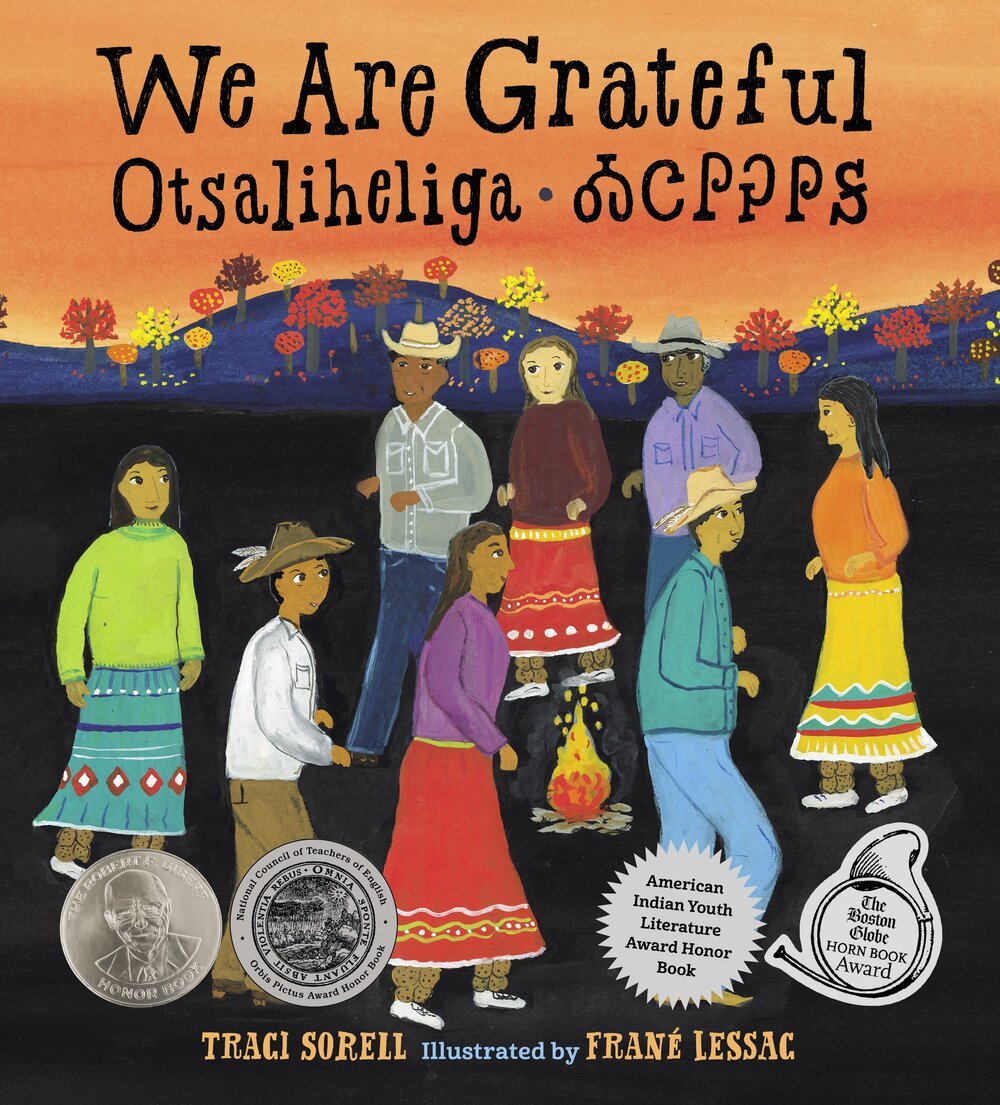As COVID-19 deaths spiked in 2020, Suzanne Firstenberg’s public art installation "In America: How could this happen…"
Museum Artifacts

Grade Range:
K-12
Resource Type(s):
Artifacts, Primary Sources
Date Posted:
11/6/2008
This print shows American forces attacking the fortress palace of Chapultepec on Sept. 13th, 1847. General Winfield Scott, depicted in the lower left on a white horse, led the southern division of the U.S. Army that successfully captured Mexico City during the Mexican American War.

Grade Range:
K-12
Resource Type(s):
Artifacts, Primary Sources
Date Posted:
9/3/2008
This image, said to be the most popular poster design of World War II, appeared as a billboard in 1941. Carl Paulson created the design under the direction of the Outdoor Advertising Association of America, Inc., for a U.S. Treasury Department campaign promoting the widespread public ownership of

Grade Range:
K-12
Resource Type(s):
Artifacts
Date Posted:
4/7/2016
Research in Motion (RIM) produced this Blackberry model 957 Internet Edition in 2000. The first Blackberry was introduced in 1999 as a two-way pager before pivoting to become a device featuring an always-connected e-mail with personal digital assistant functionality. The Blackberry 957 came with

Grade Range:
K-12
Resource Type(s):
Artifacts, Primary Sources
Date Posted:
9/2/2020
The TV dinner represented a change in the way Americans were thinking about food. Introduced in 1954 by Swanson & Sons, of Omaha, Nebraska, it offered women--more and more of whom were working outside the home but still assumed to be responsible for cooking--an alternative to time-consuming meal pre

Grade Range:
K-12
Resource Type(s):
Artifacts, Primary Sources
Date Posted:
9/3/2020
The Chinese Exclusion Act of 1882 prevented all but a few Chinese to enter the United States legally. In 1906, a major earthquake and resulting fire in San Francisco destroyed public records, allowing many Chinese to claim that they had been born in San Francisco. These men, with newly established c

Grade Range:
K-12
Resource Type(s):
Artifacts, Primary Sources
Date Posted:
12/31/2010
Printed in Morse code and transcribed by Samuel Morse himself, this message was transmitted from Baltimore to Washington, D.C., over the nation's first long-distance telegraph line.

Grade Range:
K-12
Resource Type(s):
Artifacts, Primary Sources
Date Posted:
11/10/2010
Cherished by generations of child artists, Crayola crayons were invented in 1903 by the Binney & Smith Company of Easton, Pennsylvania. Using paraffin wax and nontoxic pigments, the company produced a coloring stick that was safe, sturdy, and affordable. The name "Crayola," coined by the wife

Grade Range:
K-12
Resource Type(s):
Artifacts, Primary Sources
Date Posted:
6/10/2009
Called upon by the British government to help fight the French in Canada in 1689, Massachusetts authorities were hard-put to comply, because official money was unavailable. The Hull/Sanderson mint, which had created Pine Tree Shillings and other coins, had been closed on Crown orders years before

Grade Range:
K-12
Resource Type(s):
Artifacts
Date Posted:
9/17/2015
Alfred Vail made this key, believed to be from the first Baltimore-Washington telegraph line, as an improvement on Samuel Morse's original transmitter. Vail helped Morse develop a practical system for sending and receiving coded electrical signals over a wire, which was successfully demonstrated

Grade Range:
K-12
Resource Type(s):
Artifacts
Date Posted:
3/27/2018
Many Chinese men travelled to the United States and became gold miners following the discovery of gold in California in 1849. Woks such as this one were made in China, but brought to California in the 1800s and used by Chinese immigrants. As the mass influx of travelers arrived from a variety of



















